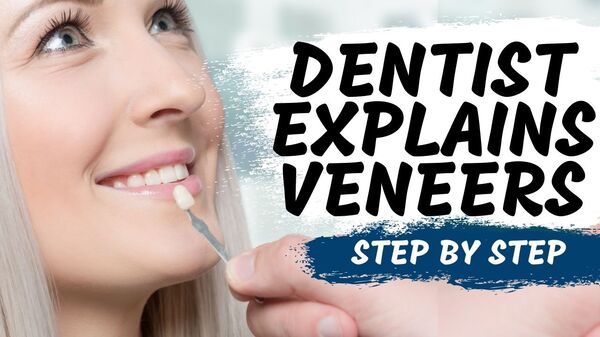
Recently, I’ve been getting a lot of questions about the dental veneer process. . .
- How much do veneers cost?
- How do you prepare dental veneers?
- Are veneers permanent?
In this blog, I’m going to go over some core veneer principles so that you’re more informed of the process & make better decisions as a patient or as a dentist looking to advance your technique..
WHAT ARE PORCELAIN VENEERS?
Veneers are essentially a thin piece of porcelain that can be bonded to your teeth to change the color, shape and contour of your smile.
A couple veneers can restore a few broken teeth while a full set can be life changing.
Now, many of my patients get veneers because they don’t like some aspect of their smile.
Some people have really dark teeth from intrinsic staining, some have a crooked smile & others have really small teeth that they just want to be larger.
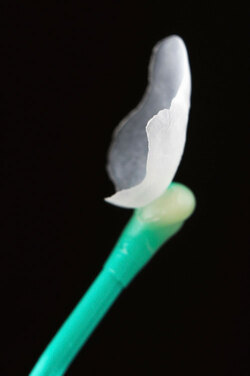
The veneers procedure has changed a lot since its inception.
Different materials and different techniques have allowed this procedure to become a bit more predictable in everyday clinical practice.
But there are some fundamental principles that have remained the same since the beginning
One of the most important principles is a conservative preparation design which means drilling as little of your tooth as possible . . .
DENTAL VENEER PREPARATION
Veneers are delicate & incredibly thin. They don’t wrap around the tooth like a crown would and rely almost entirely on bonding to adhere to your teeth so that they’re not popping off.
Every time a dentist prepares a veneer they have to consider everything that would allow for the strongest bonding between your dental veneer & the tooth.
One of the largest factors is to limit the tooth preparation to the outermost layer of your tooth called enamel.

There are plenty of studies that have proven that the bond strength of a veneer to a tooth is highest when its limited to the enamel
But one problem we run into is that enamel is thin & is only composed of at most a couple mm of the outermost layer of your tooth.
So If you remove too much of this enamel & expose the second layer of the tooth, then the bond strength can be negatively affected which can result in veneers that keep popping off or don’t really adhere well to the tooth.
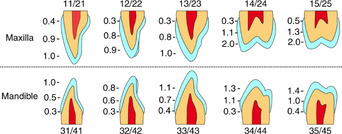
So at this point you might be asking yourself why drill into the tooth at all?
If the bond strength is so important why don’t we leave the tooth as it is and go from there?
It’s not that simple. The preparation design ultimately depends on the goals and vision of our patients.
For example, some patients only want to make their teeth larger in which case you don’t have to prepare alot of the tooth at all and you can make a veneer does just that.
But what about cases teeth are crooked, misaligned or too large.
In these cases you can’t just add a veneer to the tooth because it would be too bulky. . .
You have to remove some tooth structure in order make a strong set of veneers that has the ability to transform your smile into whatever youre looking to achieve.
DOWNLOAD THE VENEER
PROTOCOL GUIDE (PDF)
Enter to Win Free Course Material
DENTAL VENEER MOCKUP
A mockup gives our patients an idea of what the final product will look like before a drill even touches their teeth.
A dental laboratory makes these mockups through a model of your teeth & we get this model by taking an impression digitally or manually at your first consultation appointment.
They then use wax to create a smile that is uniform, very pretty & resonates with whatever goals you are trying to accomplish.
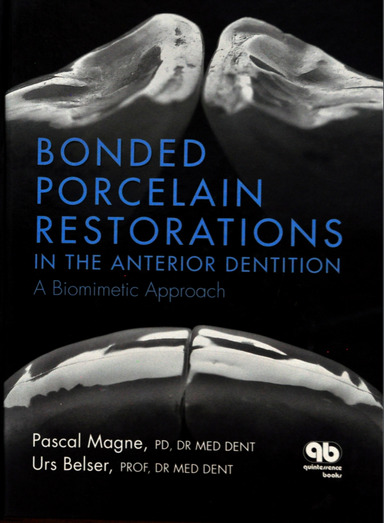
Some patients want square bold teeth that make a statement. Other patients want feminine teeth with rounded edges that look really delicate and pretty.
So this can all be accomplished through communicating what your patients needs are with dental laboratory
After this smile design is created, dentists are then able to transfer this design to the mouth to see what’s possible. its not going to be perfect and it may be a bit bulky and uncomfortable but it gives you an idea of what is possible.
We give you some time to trial the smile design and get information about whether you like the shape color and contour.
We take really detailed notes and communicate that with the lab.
Eventually we get to the point where we have to prepare the teeth for the veneers & another questions patients ask me how much of the tooth I have to drill to make the porcelain veneers work.
DENTAL VENEERS TOOTH PREP
Now this is where I think a lot of dentists differ. I personally like to be as conservative as possible to make the case work. Veneers require a certain thickness to be strong enough and mask any discoloration on the teeth were working on. But we also need strong bonding which I mentioned earlier is highest on the outer most layer of the tooth.
So I like to have a series of preparation guides that allow me to predictably cut only the amount of tooth needed to make the case work.
These preparation guides allow us to measure and remeasure and re measure how much of the tooth needs to be prepared in order for the veneer to work.
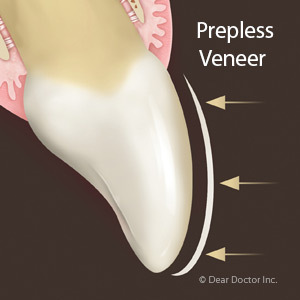
Now if you’re a dentist watching this & you want to see an example of some preparation guides, Ill leave a link somewhere down below to my website. Also if you guys want me to make a video on this please let me know.
Now, these guides allow us to see if there is enough reduction on the incised edge or facial surface of the tooth & also allow us to be more refined in our preparation technique.
In some cases you don’t really need a guide but for the majority veneer cases where its 8 or 10 units im definitely using a guide to help me make more conservative decisions in practice.
Eventually we can get to the point where we take an impression of our preparations & send it off to the laboratory with a series of photographs.
They take the models, finalize the porcelain veneers & send it back to us to bond the case in.
We then try in all the veneers one at a time and then go through a long process of isolating each tooth for bonding & verifying how your bite works with the case.
If you found this blog helpful please leave a like or share it with your friends.
If you want me to make more content on porcelain veneers leave a comment down in the description. This topic is huge and I can go on for days talking about all the little nuances with this complicated procedure.
I hope I was able to help anyone out there that had questions about the process and ill definitely see you for the next one.
- Sami
Full disclosure: I receive a commission if you purchase the dental products through my referral links. This helps me run this blog & I appreciate the support.



